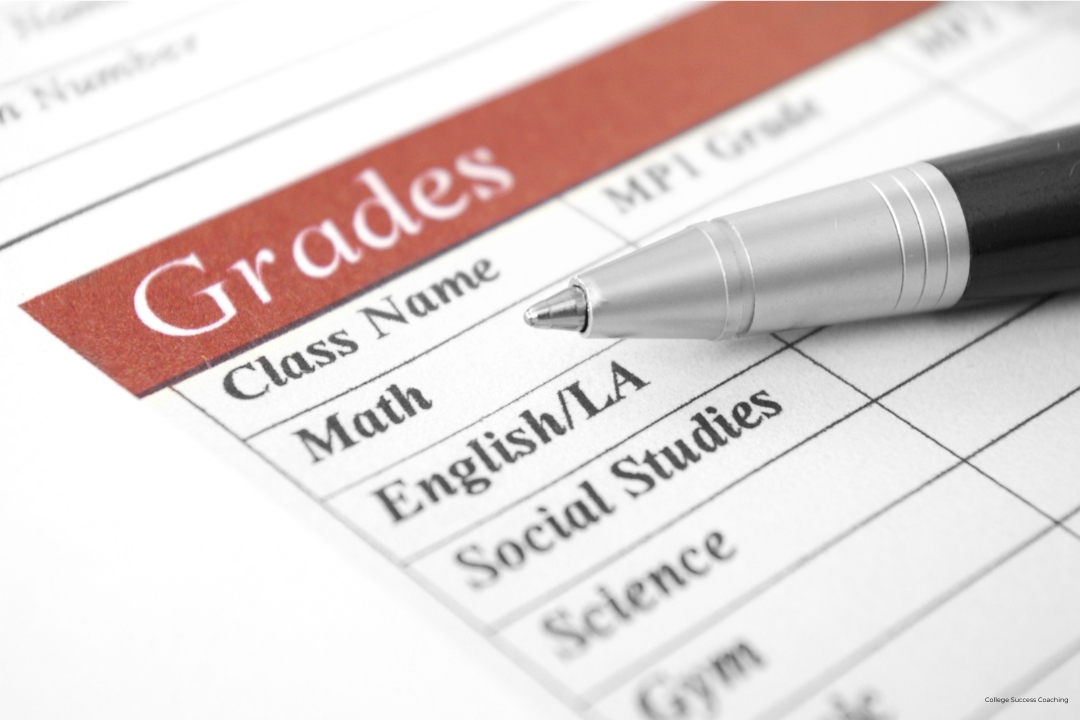How to Find Out GPA
Knowing how to find out GPA and calculate it correctly is essential whether you’re in college or high school. Your GPA, or Grade Point Average, gives you a snapshot of your academic performance and helps you set goals for improvement. It’s an important factor for internships, scholarships, graduate school applications, and even job opportunities.
A strong GPA can open doors to exclusive honors societies, merit-based financial aid, and competitive academic programs. Conversely, a lower GPA can signal that it’s time to develop better study habits and seek additional support. Either way, understanding your GPA gives you valuable insight into your academic standing.
In this guide, we’ll walk you through how to find out GPA on the traditional 4.0 scale for college and how to calculate your GPA if you’re in high school with weighted classes. Let’s dive in!
How to Find Out GPA in College on a Traditional 4.0 Scale

Most colleges use the traditional 4.0 scale, where each letter grade corresponds to a specific point value. Here’s a step-by-step guide:
- Assign Each Grade a Point Value
Each grade you receive is assigned a point value:- A = 4.0
- B = 3.0
- C = 2.0
- D = 1.0
- F = 0.0
Some schools use pluses and minuses, so an A- might be 3.7 or a B+ might be 3.3, but the core concept remains the same.
- Multiply the Grade Points by Credit Hours
College courses are often assigned a specific number of credit hours, typically ranging from 1 to 4. For each class, multiply the grade points by the number of credit hours for that class.
Example: If you earned a B (3.0) in a 3-credit class, the calculation would be 3.0 x 3 = 9 grade points.
- Add Up All Your Grade Points
After calculating the grade points for each class, add them up.
Example: If your classes this semester were:- Biology (3 credits): A = 4.0 x 3 = 12 grade points
- Math (4 credits): B = 3.0 x 4 = 12 grade points
- English (3 credits): C = 2.0 x 3 = 6 grade points
Your total grade points would be 30.
- Divide by Total Credit Hours
To find out GPA, divide the total grade points by the total number of credit hours you’ve taken.
In this case, the total credit hours are 10 (3 for Biology, 4 for Math, and 3 for English), so you would divide 30 grade points by 10 credit hours to get a GPA of 3.0.
If you want to calculate your cumulative GPA, just follow the same steps, but include all of your classes from every semester.
How to Find Out GPA for High School Students with Weighted Classes

In high school, GPAs can be a little more complicated due to weighted classes. Classes like honors or AP (Advanced Placement) courses are often given extra weight because they’re more challenging. Here’s how to calculate a weighted GPA:
- Assign Grade Point Values Based on Course Type
In a weighted GPA system, honors and AP classes often have higher point values:- Regular classes: A = 4.0
- Honors classes: A = 4.5
- AP/IB classes: A = 5.0
Your school may assign different weights, but this is a typical system.
- Multiply by Credit Hours or Class Weight
Just like in college, you need to multiply your grade points by the credit hours or class weight. While high school courses are often worth the same amount, some schools may assign different values for certain classes. - Add Up Your Grade Points
Add up the grade points for all of your classes.
Example: If your grades are:- English: A (4.0 in a regular class)
- History: A (4.5 in an honors class)
- AP Biology: B (4.0 in an AP class)
Your grade points would be:
- English = 4.0
- History = 4.5
- AP Biology = 4.0
This gives you a total of 12.5 grade points.
- Divide by the Number of Classes
In high school, you typically divide by the number of classes, rather than credit hours. So, with 3 classes, you would divide 12.5 total grade points by 3 classes, giving you a weighted GPA of 4.17.
Weighted GPAs reflect the added difficulty of advanced courses, giving students an extra boost for taking on more challenging coursework.
When to Seek Professional Help

If you’re struggling with your GPA, professional academic support might be the best option. But before taking that step, it’s essential to understand how to find out GPA accurately so you can assess where you stand and what areas need improvement. A strong GPA can boost scholarship eligibility, internship opportunities, and graduate school applications.. Here’s when hiring help makes sense:
✔ You’re aiming for competitive scholarships – Many require a high GPA.
✔ You’re preparing for college applications – A strong GPA can improve acceptance chances.
✔ You want to improve study habits – Academic coaches can provide personalized strategies.
If you need help boosting your GPA, consider college coaching programs that focus on study techniques, time management, and academic success strategies.
How Parents Can Support Their Students
Parents play a critical role in helping students stay on top of their GPA. One of the best ways to assist is by guiding them through how to find out GPA and encouraging regular progress checks. When students are aware of their academic standing, they can make better decisions about course selection, study habits, and time management.
- Encourage Time Management: Help your student create a study schedule and prioritize tasks.
- Provide Resources: Encourage them to use tutoring centers, online resources, and study groups.
- Celebrate Progress: Recognizing small achievements keeps motivation high.
Final Thoughts
Whether you’re in high school juggling honors or AP classes, or in college working through a semester on the traditional 4.0 scale, how to find out GPA is a straightforward process once you know how. Understanding where you stand academically can help you make better decisions about your study habits, course selection, and future academic goals.
By staying on top of your GPA, you’ll be more prepared to achieve the success you’re striving for! And if you’re looking to improve your GPA, check out our guide on Preparing for College Success for additional tips to help you thrive academically and beyond!






0 Comments